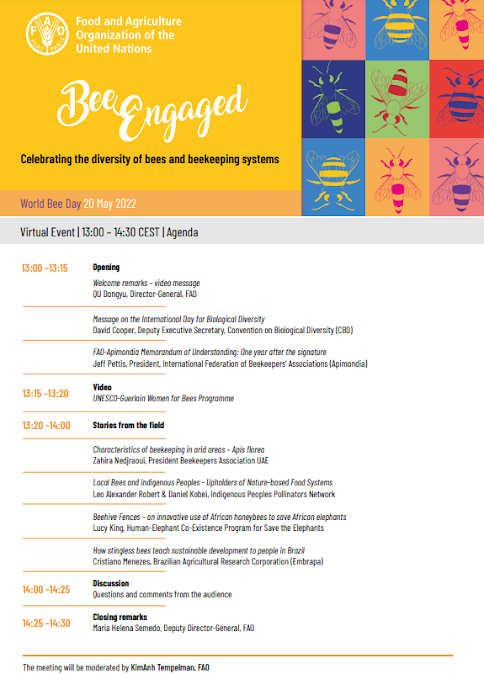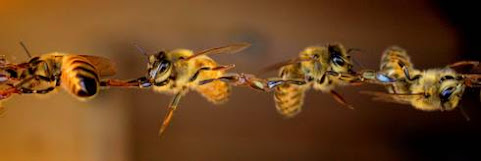FORUM: "Tobacco's threat to our environment." World No-Tobacco Day 2022.
The health impacts of tobacco are widely known. What is less well known is the negative impact tobacco use has on the environment. The production of tobacco products causes widespread environmental degradation beginning with the preparation of land for tobacco cultivation and continues on through the life-cycle of the tobacco products as they are manufactured, marketed and consumed.The Secretariat of the WHO Framework Convention on Tobacco Control (WHO FCTC) is proud to be part of the World No Tobacco Day campaign this year which focuses attention on the environmental damage caused by the tobacco industry and its products and calling for steps to make the industry more accountable for the destruction it is causing.
As part of this year’s campaign, the Secretariat of the WHO FCTC has also partnered with UNEP on their Clean Seas Campaign (which brings together 63 countries devoted to ending marine plastic pollution) to raise awareness on the environmental and human health impacts of microplastics in cigarette filters as well as co-organized technical webinars with WHO and partners. The Secretariat of the WHO FCTC has also developed an advocacy video and social media assets as part of the broader World No Tobacco Day campaign.
The health impacts of tobacco are widely known. What is less well known is the negative impact tobacco use has on the environment.
The production of tobacco products causes widespread environmental degradation beginning with the preparation of land for tobacco cultivation and continues on through the life-cycle of the tobacco products as they are manufactured, marketed and consumed.



























![https://www.facebook.com/events/720196086011464/?acontext=%7B%22event_action_history%22%3A[%7B%22surface%22%3A%22page%22%7D]%7D](https://blogger.googleusercontent.com/img/b/R29vZ2xl/AVvXsEjETphAPOZewWlxUgZC5-7biuj_kwzuFkI-aItdz6AZofiESDtA2wQOTksy957ht6JAgHWiMOHkLjkOddK5cW-dN1KyDPeQzKsJZXJg0CM9-2e03UPZ4WS3DKY4rYxorMkM9h7W6kP-tunigMrB6uyB7tsH69C58vmFBsbrkWAQ3_kJiigNC2nLSdP1Pw/w460-h283/families%202022.PNG)

